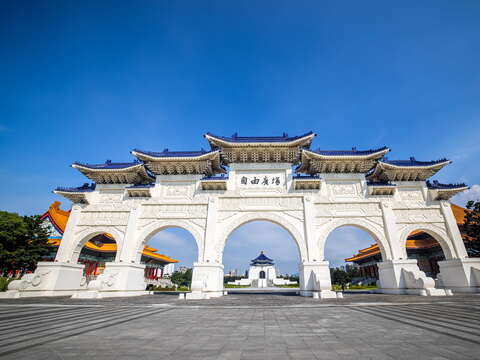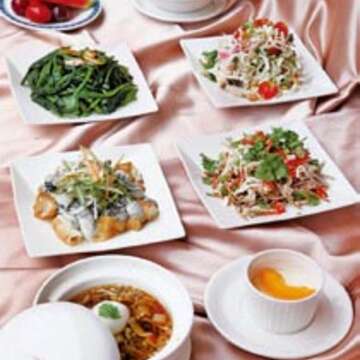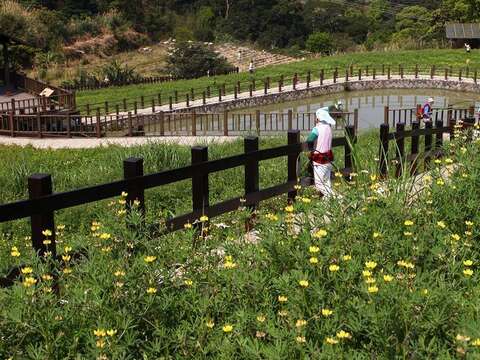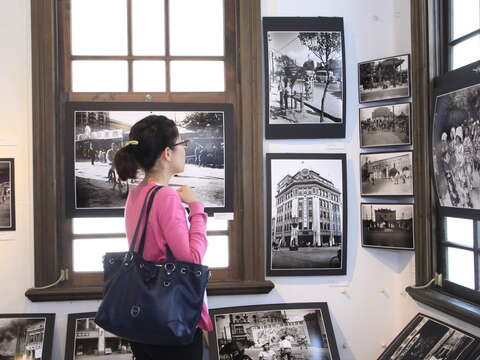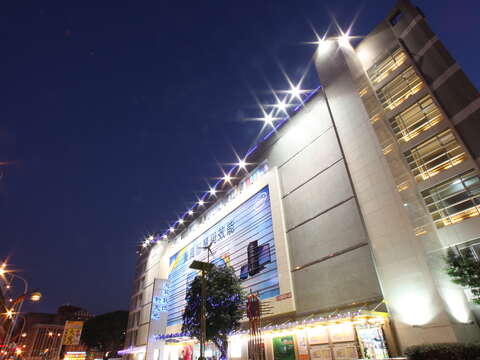Post date:2023-12-24
292
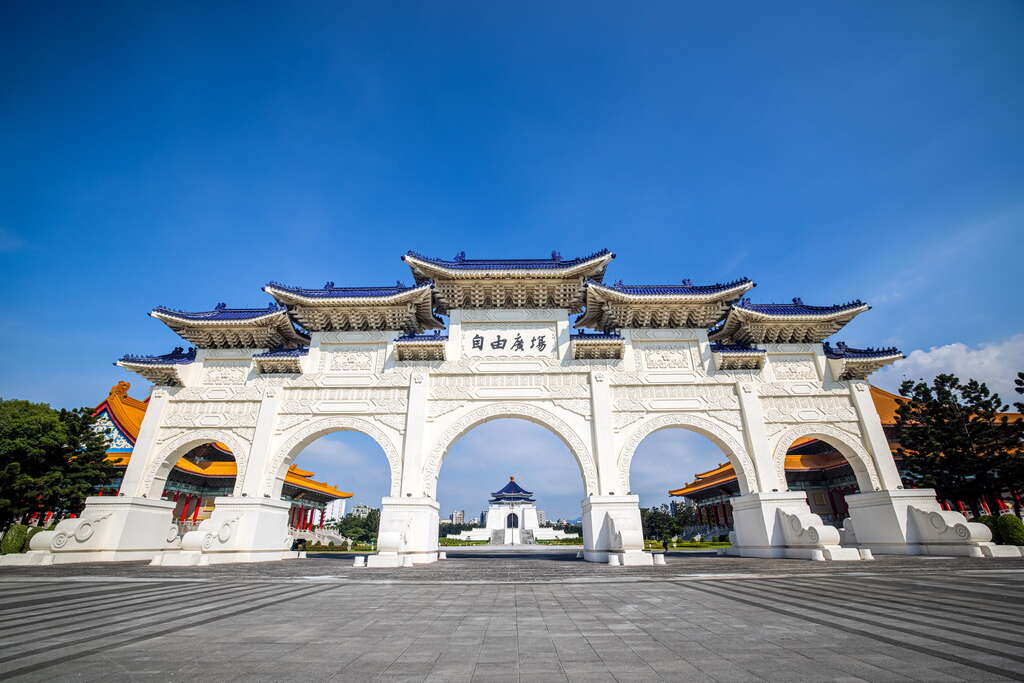
- Travel days
- 1-Day Tour
- Themed Itineraries
- Travel in Taipei
Introduction
Itinerary:Chiang Kai-shek Memorial Hall.—Aiguo E. Rd-Bridal Dress Street—National Taiwan Museum: Nanmen Park—Taipei City Wall-South Gate (Lizheng Gate)—Tobacco and Liquor Monopoly Bureau—General Sun Li-jen Residence(Mini Cultural Trip Culture Sites)—Guling Street Avant-Garde Theater—Postal Museum (main building)—National 228 Memorial Museum—National Taiwan Arts Education Center—Taipei Botanical Garden (Guest House of Imperial Envoys)—Sun Yun-Suan Memorial Museum—South Airport Night Market
The era of Japanese rule in Taiwan, along with the subsequent revolution and revival, brought about substantial changes and exerted significant influence on Taiwan's freedom, democracy, commercial trade, culture, and arts.
In terms of freedom and democracy, the blue and white hues adorning the walls of the National Chiang Kai-shek Memorial Hall, a must-visit place for foreign tourists, mirror the primary colors of our flag, while the decorative vault atop the memorial hall represents the 12 rays of the blue sky and white sun; and the National 228 Memorial Museum, previously known as the Taiwan Education Association, not only showcases contemporary history and education but also hosts activities related to democracy and human rights.
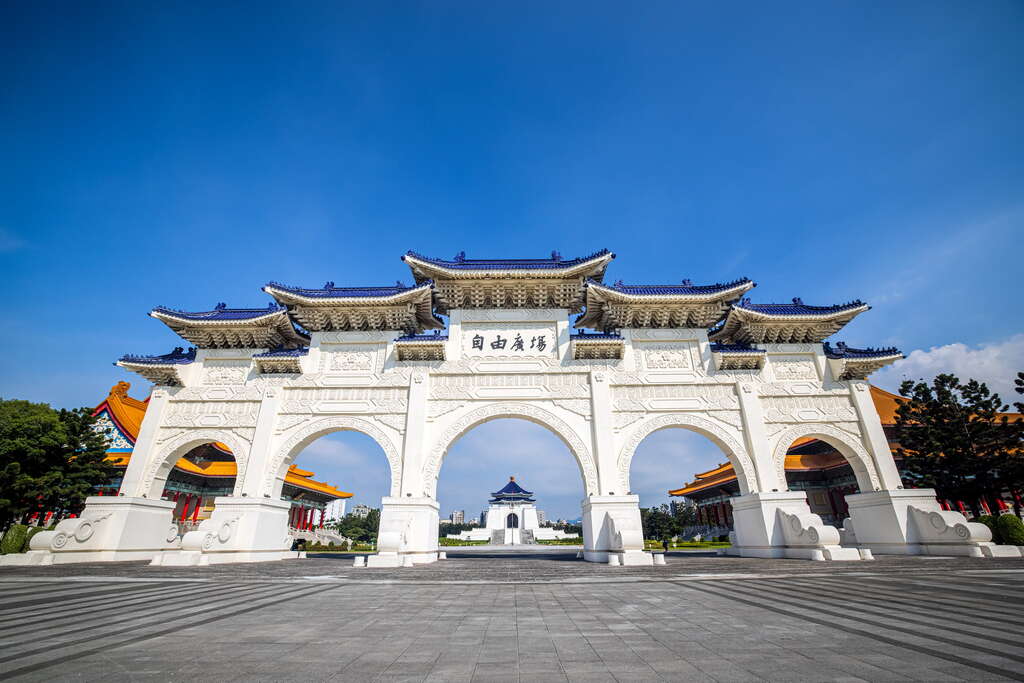
Concerning commercial trade, the South Gate (Lizheng Gate), which was the main gate of the Taipei City Walls, stood out with its grand and imposing form compared to all other gates; the Nanmen Branch of the National Taiwan Museum served as a significant production center where the two major monopolized products, camphor and opium, were manufactured and experimented upon; and the Taiwan Provincial Monopoly Bureau managed the sale of tobacco and liquor as part of its governmental monopoly.
From the cultural and artistic perspectives, the Guling Street Avant-garde Theatre stands as the birthplace of Taiwan’s performing arts and is the sole public performance venue specifically designated as an avant-garde theater; and the Postal Museum (main building) serves as an educational exhibition hall, perfect for families, fostering family interactions.
Moreover, the National Taiwan Arts Education Center, a member of the Nanhai Academy, stands as Taiwan’s inaugural public art gallery. It is also the sole government agency prioritizing "art education" as its central focus. Adjacent to this center is the Taipei Botanical Garden, once an essential site for studying plants during Japan's colonial period. It continues to preserve plant species introduced from Taiwan, Japan, mainland China, and Southeast Asia for research and experimentation. Presently, the Taipei Botanical Garden houses over 2000 plant species, displaying immense diversity and quantity.The nearby Guest House of Imperial Envoys and Sun Yun-Suan Memorial Museum serve as witnesses to Taiwan’s historical narrative and economic evolution.
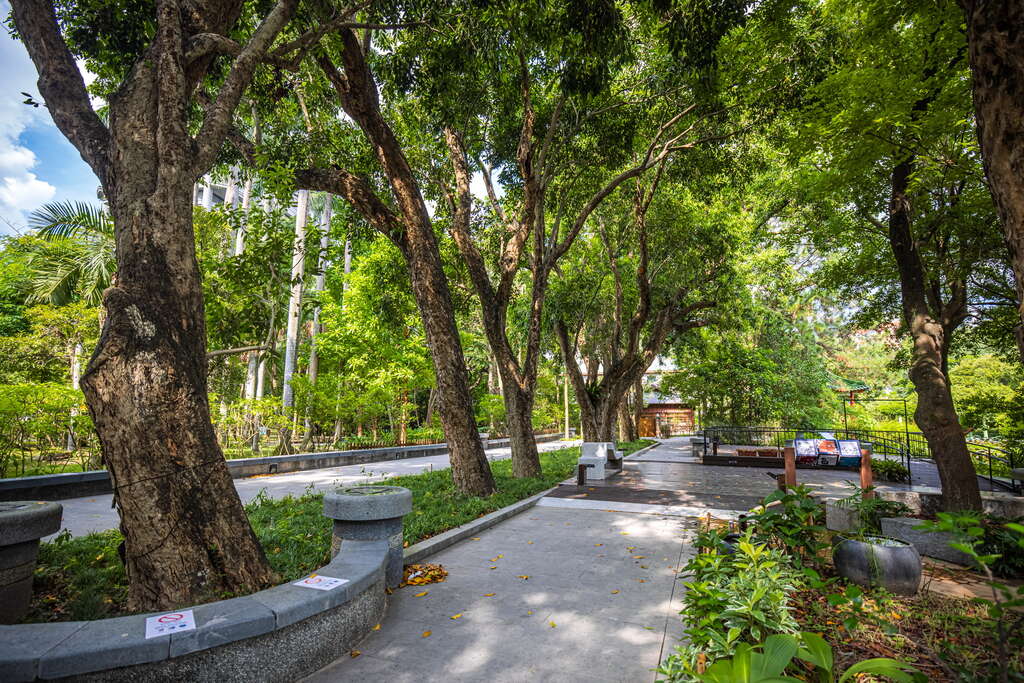
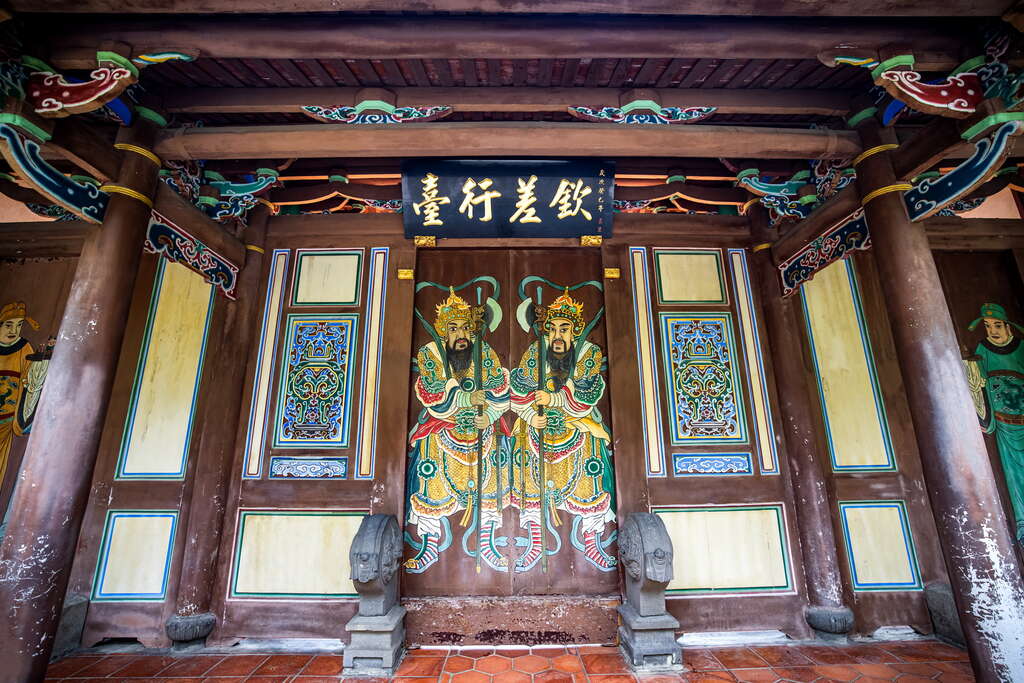
Lastly, visitors can conclude their day by exploring the Nanjichang Night Market, a site where airplanes once took off and landed during the Japanese colonial era. Here, they can indulge in classic delicacies cherished by locals, thus completing a perfect day.
The era of Japanese rule in Taiwan, along with the subsequent revolution and revival, brought about substantial changes and exerted significant influence on Taiwan's freedom, democracy, commercial trade, culture, and arts.
In terms of freedom and democracy, the blue and white hues adorning the walls of the National Chiang Kai-shek Memorial Hall, a must-visit place for foreign tourists, mirror the primary colors of our flag, while the decorative vault atop the memorial hall represents the 12 rays of the blue sky and white sun; and the National 228 Memorial Museum, previously known as the Taiwan Education Association, not only showcases contemporary history and education but also hosts activities related to democracy and human rights.

Concerning commercial trade, the South Gate (Lizheng Gate), which was the main gate of the Taipei City Walls, stood out with its grand and imposing form compared to all other gates; the Nanmen Branch of the National Taiwan Museum served as a significant production center where the two major monopolized products, camphor and opium, were manufactured and experimented upon; and the Taiwan Provincial Monopoly Bureau managed the sale of tobacco and liquor as part of its governmental monopoly.
From the cultural and artistic perspectives, the Guling Street Avant-garde Theatre stands as the birthplace of Taiwan’s performing arts and is the sole public performance venue specifically designated as an avant-garde theater; and the Postal Museum (main building) serves as an educational exhibition hall, perfect for families, fostering family interactions.
Moreover, the National Taiwan Arts Education Center, a member of the Nanhai Academy, stands as Taiwan’s inaugural public art gallery. It is also the sole government agency prioritizing "art education" as its central focus. Adjacent to this center is the Taipei Botanical Garden, once an essential site for studying plants during Japan's colonial period. It continues to preserve plant species introduced from Taiwan, Japan, mainland China, and Southeast Asia for research and experimentation. Presently, the Taipei Botanical Garden houses over 2000 plant species, displaying immense diversity and quantity.The nearby Guest House of Imperial Envoys and Sun Yun-Suan Memorial Museum serve as witnesses to Taiwan’s historical narrative and economic evolution.


Lastly, visitors can conclude their day by exploring the Nanjichang Night Market, a site where airplanes once took off and landed during the Japanese colonial era. Here, they can indulge in classic delicacies cherished by locals, thus completing a perfect day.
- Day 1
Day 1
 Taipei in Progress: A Journey of Exploring Democracy, Trade, and Culture
Taipei in Progress: A Journey of Exploring Democracy, Trade, and Culture